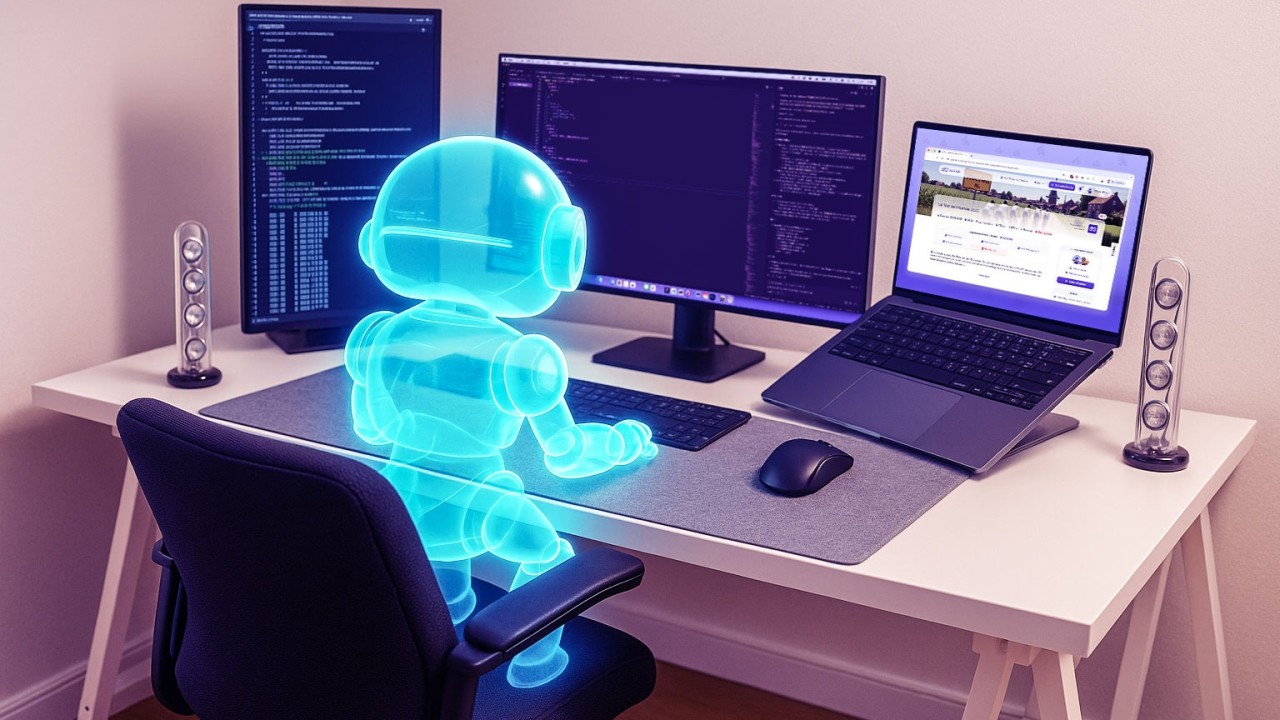I never set out to become a developer. My focus was always on design and product leadership, building teams, scaling design systems, and shaping product experiences.
But along the way, I picked up coding. I coded when I wanted to test things out, or during my startup founder days, because we did not have enough resources to hire a proper developer. I coded mostly frontend, the part closest to design, the layer that turns concepts into experiences. Backend always felt like a separate discipline. Something I understood conceptually, but rarely touched myself.
That changed with AI.
How AI acts as my pair programmer and a backend developer
When ChatGPT and then GitHub Copilot entered my workflow, everything shifted. Suddenly, I was not just writing Tailwind and smaller React components. I suddenly had:
- 👥 A pair programmer on the frontend, suggesting patterns, optimizing code, and catching mistakes before I did.
- 🛠️ A backend developer at my side, scaffolding APIs, handling Prisma migrations, and migrating entire mailing infrastructures.
For the first time, I felt capable of shipping end-to-end features without waiting for someone else to pick them up.
Real examples from Joinride.cc
On our side project, Joinride.cc, a platform for planning and discovering group rides, this has been transformative.
Features no longer sit in the backlog or linger as unreviewed pull requests when my partner in crime, Lars, does not have time right away. They get built. They get reviewed. They get shipped in record time.
Just to name a few examples that would have been fully out of reach for me just mere weeks ago:
- AI enabled me to modify our entire base layer, including all data handling, to enable Runs alongside Rides and Events on Joinride.
- Copilot almost single-handedly migrated our emailing infrastructure from Courier to self-hosted React templates and simultaneously built the entire structure for the new activities model, something I would never have tackled alone.
- Smaller bug tickets get handled and fixed by Copilot, even while I am on the go, just by assigning issues to the AI and reviewing the changes when done.
What used to feel like roadblocks now feels like forward motion.
Why This Matters
AI has not replaced my coding skills. Instead, it expands the range of what I can accomplish.
For me, that means Joinride.cc is no longer limited by the pace of manual collaboration. It means a hobby project can punch above its weight and ship features that would normally require a much bigger development team.
For the broader industry, I see this pointing to something bigger:
- Designers moving beyond pixels into production flows.
- Product managers validating features directly in code.
- Small teams competing with the resources of scale-ups, but without the communication complexity.
- The traditional boundaries between design, frontend, and backend are starting to dissolve.
Looking Ahead
AI will not make me a different person. But it is reshaping the edges of my role. It is closing the gap between what I want to build and what I can build.
And that raises a bigger question: if AI can give me both a pair programmer and a backend developer in one, what happens when entire teams embrace this way of working?
👉 I would love to hear from others: has AI already expanded your role beyond its original boundaries?


